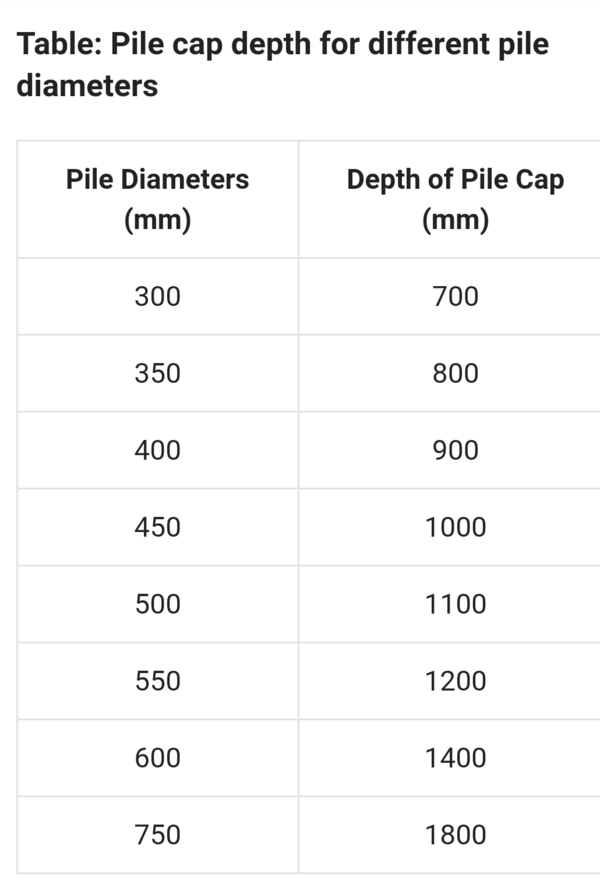Design of Pile Cap
A pile cap is the mat that rests on groups of piles and forms part of the foundation. The pile cap design, shape, and dimensions are discussed here.
Shape and Size of Pile Caps
The shape and plan dimensions of the pile cap depends on the number of piles in the group and the spacing between each pile. The most common shapes of pile caps are shown in figure below.
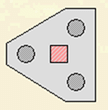
The pile cap should overhang the outer piles by at least 150mm but should not be excessive, generally not more than the diameter of the pile diameter.
This minimizes the plan area and thus the cost, while providing sufficient length to:
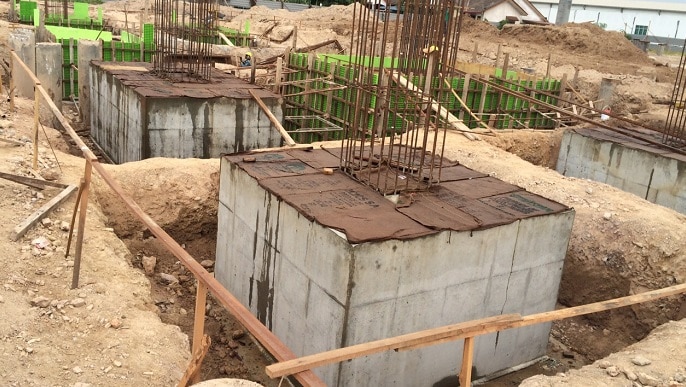
Depth of Pile Cap:
The depth of pile cap is governed by the following criteria, where applicable:
Generally, a pile cap is much deeper than a pad footing of similar dimensions, because it is subjected to much higher concentrated reactions, and consequently to much higher bending moments and shear forces.
However, the increased depth gives the pile cap greater rigidity which is advantageous in spreading the load evenly to all piles.
The Federation of Piling Specialists recommend the following most effective pile cap depths for a range of pile diameters as shown in table below:
A pile cap is the mat that rests on groups of piles and forms part of the foundation. The pile cap design, shape, and dimensions are discussed here.
Shape and Size of Pile Caps
The shape and plan dimensions of the pile cap depends on the number of piles in the group and the spacing between each pile. The most common shapes of pile caps are shown in figure below.

Fig.: Triangular Pile Cap for 3 piles
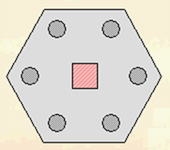

Fig.: Hexagonal pile cap for 6 to 7 piles
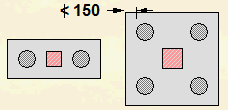
Fig.: Rectangular pile cap for all other number of piles
These pile cap shapes minimize the plan area for a symmetrical arrangement of piles about the load.
Fig.: Rectangular pile cap for all other number of piles
The pile cap should overhang the outer piles by at least 150mm but should not be excessive, generally not more than the diameter of the pile diameter.
This minimizes the plan area and thus the cost, while providing sufficient length to:
- Anchor the tension reinforcement with a large radius bend
- Ensure adequate cover to the reinforcement
- Satisfy construction tolerances.

Depth of Pile Cap:
The depth of pile cap is governed by the following criteria, where applicable:
- Shear capacity of pile cap (beam and punching shear)
- Shrinkage and swelling of clay
- Frost attacks
- Pile anchorage
- Water table and soluble sulphates
- Holding down bolt assemblies for steel columns
Generally, a pile cap is much deeper than a pad footing of similar dimensions, because it is subjected to much higher concentrated reactions, and consequently to much higher bending moments and shear forces.
However, the increased depth gives the pile cap greater rigidity which is advantageous in spreading the load evenly to all piles.
The Federation of Piling Specialists recommend the following most effective pile cap depths for a range of pile diameters as shown in table below:

